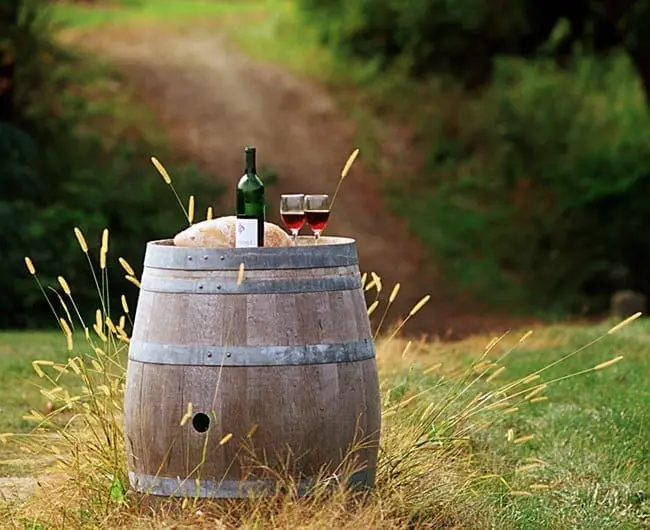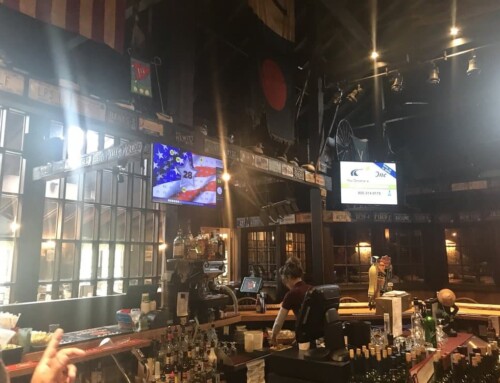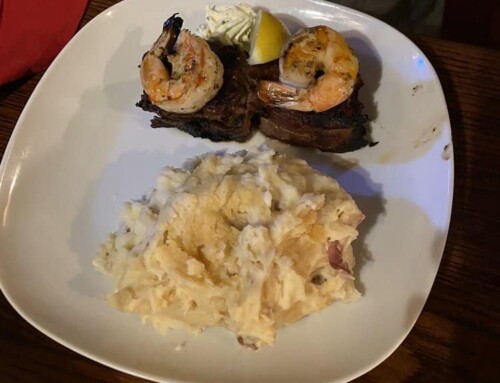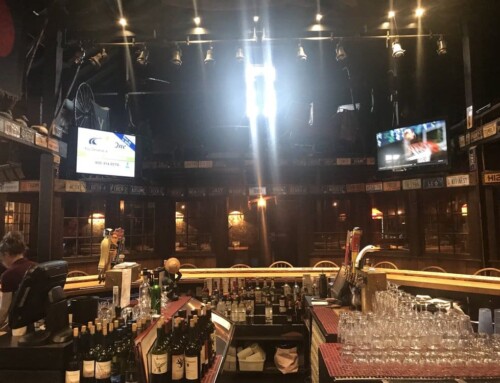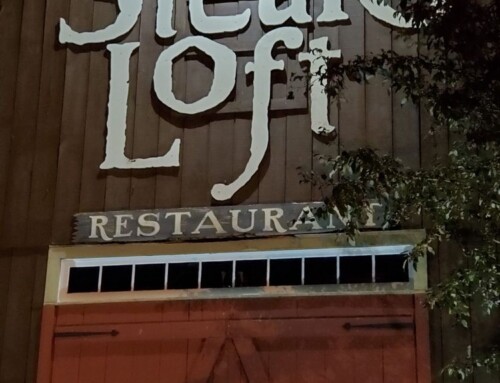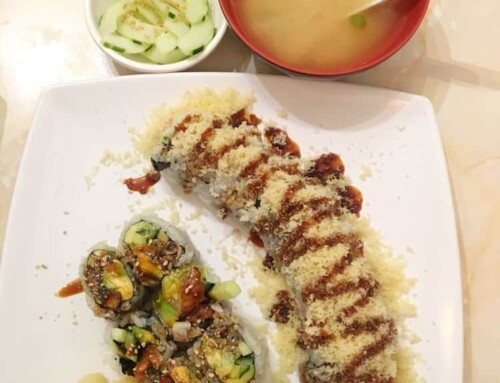
Take a stroll through the vines and get a real feel for where the wine you enjoy comes from
This is the first of a seven part series which will focus on the Southeastern Connecticut and Rhode Island winery business. The goal of these articles is to raise awareness for residents and tourists alike. New England’s reputation for craft beer and, more recently, the cider renaissance has overshadowed the area’s surprisingly viable wine industry.
A study conducted by the University of Minnesota found that, in 2011, vineyards and wineries contributed $70.1 million (including 3,260 jobs and $36.7 million in labor income) to the economies of New England, with a 42 percent growth rate in vineyards established between 2002 and 2007, and a 32 percent growth rate in vineyards established during the following five years. This is a phenomenal growth rate for an industry that is relatively new to the region.
Even with the often unpredictable weather and a short growing season, successful breeding of early-ripening grape varieties have given New Englanders options to plant white grapes like La Crescent, and red grapes like Marquette and Frontenac. For most of the northern states, the growing season is too short to support Vitis vinifera cultivation (e.g., Pinot Noir and Riesling), plus the vines can’t survive winters that hit below zero degrees Fahrenheit. Alternatively, hybrids, which offer disease resistance through summer rain and humidity, can endure dips to as low as 40 below, and still produce a reliable harvest the following year.
In Connecticut, where commercial wine production was disallowed until 1978, a slew of wineries now populate the state; 33 of these participate in a “passport” program that challenges tasters to collect ink stamps from all. Wine farms stretching from the border of New York to the Atlantic Ocean near Stonington cultivate a mix of hybrids and Vitis vinifera, purchase grapes (from nearby states, e.g., MA, and even California), and/or produce fruit wine (from rhubarb to raspberry). Some of the local wineries had previously used California grapes to produce product are now self-sufficient in their local harvest.

A toast to a perfect evening on the beach
In Rhode Island, there are three wineries worthy of special mention, all clustered around Newport and all of which keep the historic seaport’s perpetual flow of tourists busy throughout the year, as they are complete with cozy fireplaces in preserved colonial buildings, which helps make Newport an especially great winter destination. While each winery has a distinct personality, a common theme runs through them: white wines outshine the reds.
These as well as other wineries along the coast will be described and reviewed in detail in ensuing articles. Each winery will be reviewed in detail and give you, the reader, the information you need to make the most of your visit. Many of the local wineries offer steep discounts with a passport program and most feature live events throughout the spring, summer and fall to make the events fun for the whole family. Live music, guided tours, petting zoos, educational seminars, and tastings are all a part of the experience.
There’s nothing better than sitting with friends, overlooking the countryside or the coast, sipping a glass of one of Connecticut’s or Rhode Island’s fine local wines. The Wine Trail is made up of a unique collection of over twenty vineyards throughout both states, all with tasting rooms where visitors can sample their portfolio of wines. Many of the vineyards offer tours, tastings and fresh from the farm products.
Visitors should call each winery for their schedule and reservation policy. Specific information, maps, directions and contact information will be presented in the ensuing articles.
